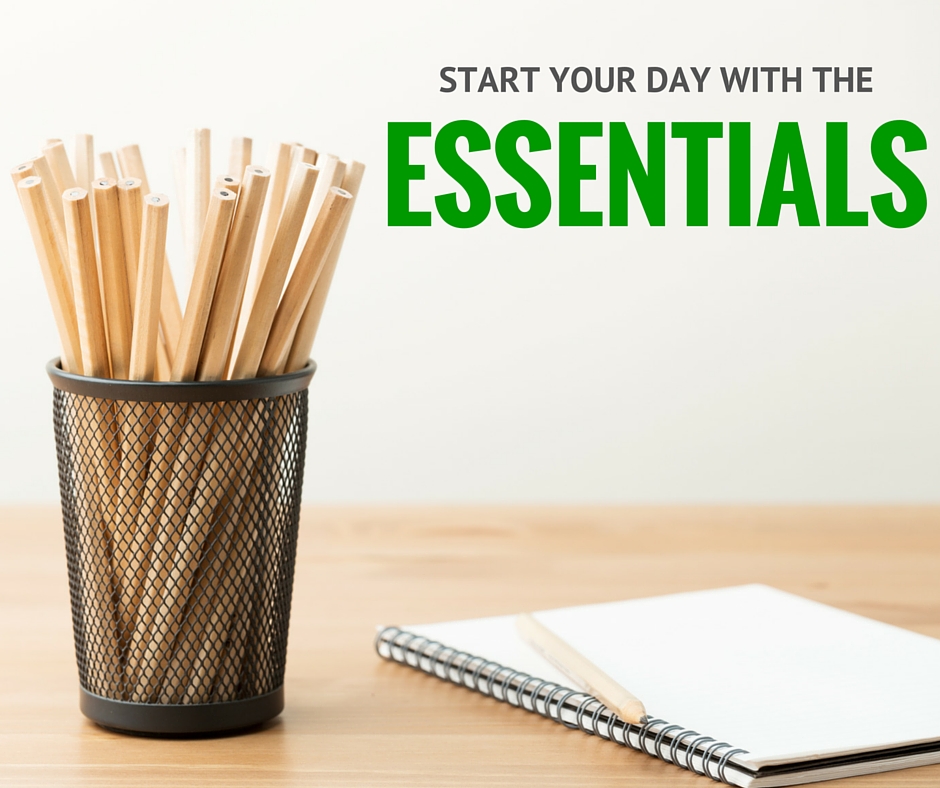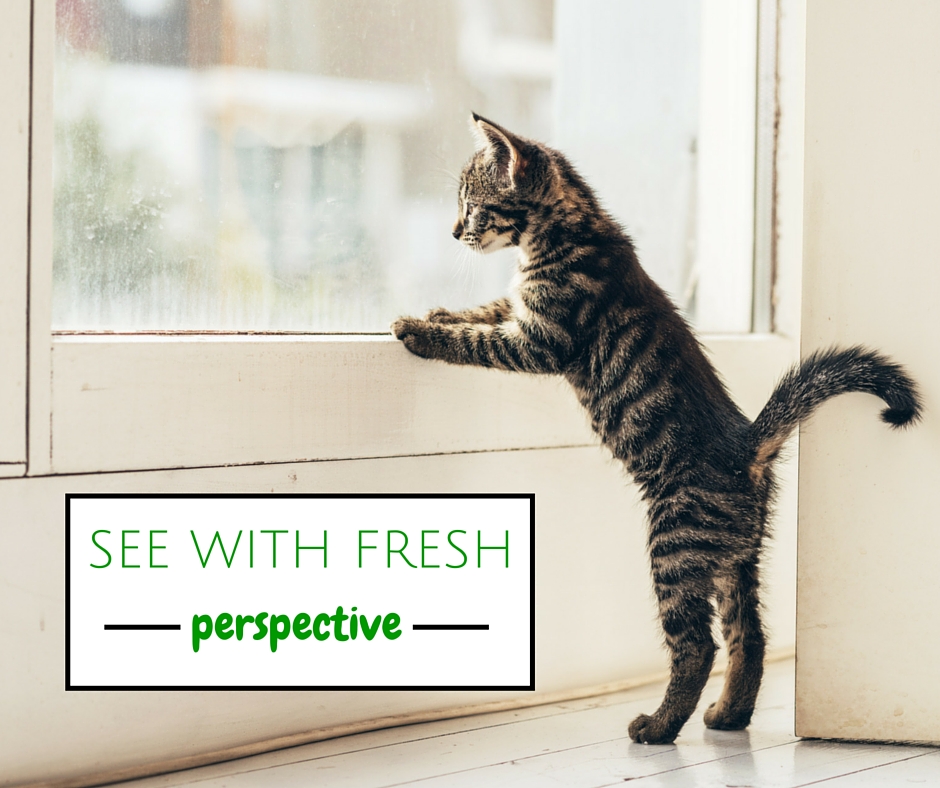by Naomi | Jan 25, 2016 | Tools & Apps
Naomi’s Playlist is an eclectic collection of tools that help me approach my work as play. My hope is that they’ll do the same for you!

Object: Staying connected with and investing focused energy in friends and colleagues.
What Didn’t Work: Trying to remember to reach out. Only reaching out when I needed something specific. Feeling like I was always losing track of people. Wishing the people I care about knew I was thinking of them. Feeling like a failure because when I did think about reaching out, too much time had passed since the last time I’d connected.
My Aha! Moment: While listening to Dorie Clark’s book, Stand Out, on Audible, I made a few connections I hadn’t made before. First, I realized I was so busy getting things done, I wasn’t bothering to share my broader vision. Second, I realized that there are a lot of people who would want to be included in that vision–people who are already in my community–who I was excluding, simply because I hadn’t thought to reach out. Third, I realized that to actually accomplish something meaningful, people are what count.
However, in the rush of everyday life, it’s too easy to be swept into the tasks that show up in your inbox rather than to remember the bigger picture (and much more important) tasks of staying in touch. So, I started exploring options, and that’s when I found Cloze.
How I Play:
• Cloze is a CRM (customer relationship manager) for everyday people. I use the app on my iPhone, but there is also a web interface and an app for Android.
• As a small business owner, I also use a high-powered CRM, but for daily interactions, I use Cloze. Close creates a daily agenda that reminds me to check in with people, populating the list with contacts based on how often I usually interact with them.
• I’ve gone through and started to categorize contacts. Then, I can assign a certain timing to those contacts so I start interacting more regularly with people I haven’t been contacting enough.
• When someone pops up on my daily agenda, I send a quick email saying hello. It’s always nice to have a personal, friendly email in the sea of requests that floods into an inbox–a breath of fresh air.
Player’s Notes:
• Tags allow you to create specialized lists. For instance, I created a list of experts with whom I want to network. I pull up this list and use the Twitter feed and Linkedin functions of Cloze to see what they’re up to and to help support them through retweeting or linking to their posts.
• Even though Cloze automatically sorts people by using your inbox and interactions with them on social media, the possibilities of this powerful tool are a little overwhelming. Rather than trying to set everything up ahead of time, I do a little each week.
Take it to the Next Level:
• Cloze has functions I haven’t explored yet, including project management and other tools. As time allows, I’m looking forward to exploring those, too. Maybe you can share your tips and tricks with me, if you try it out!
• Cloze allows you to export a list to csv, which can allow you to take a more simplified look at your full list of contacts. Try pulling a list and reviewing for additional networking possibilities.
by Naomi | Nov 10, 2015 | Tools & Apps

Object: Taking Care of the Essentials First with Habit List
What Didn’t Work: Judging my day by an always-moving measuring stick. Running my moment-to-moment work based on whatever happened to be in my inbox in the morning. Making progress on projects that could be finished in a sprint but losing track of the small, daily actions that add up to something.
My Aha! Moment: I realized that while my to-do list was great for many things, it wasn’t the right place for those daily tasks that needed tending daily. Repeating tasks would show up in the midst of everything else (the urgent and not-so urgent) until I was numb to it all.
- I assign tasks to the days they need doing. I order the tasks in the order they need to be done.
- I use the feature that allows me to schedule certain tasks for once a week or once a month, so that they show up on whatever schedule applies.
- I use the list first thing in the morning to tick through the essentials, before digging into email and the many variables of the day.
- Make sure not to include negotiable items in your Habit List. The list needs firm edges. Either it must happen before going on to the next item on the list, or it doesn’t need to. I use another app for those tasks about which I can be more flexible.
- That said, I don’t just have chores on my Habit List. If I did, I’d completely resist the list. Items that I feel are important to my creative health or interpersonal relationships are on the list alongside items such as “floss.”
Take it to the Next Level:
- Treat the Habit List as a process in revision. It’s important to review and see what’s on the list and isn’t getting done. The app tracks how long you’ve missed a task based on your proposed schedule. When something falls behind, ask yourself: Is this not a key activity for this season? Do I need to change something to make it more possible to complete this action?
- Remember that habits can take 30, 60 or even more days to establish. Let yourself be in process, despite of the firm edges of your list. You will learn what’s actually essential, what can be dropped off the list, what obstacles are in your way, and how to be more successful as you go along. Schedule a monthly review to examine whether you need to make changes and to assess your progress.
NOTE: Habit List is the app I use, but there are a lot of similar apps on the market. Choose the one that works best and is most visually appealing to you. The more you like to interact with this app, the more likely you are to use it on a daily basis.
by Naomi | Sep 21, 2015 | Tools & Apps
Naomi’s Playlist is an eclectic collection of tools that help me approach my work as play. My hope is that they’ll do the same for you!

Object: Seeing my writing from a new angle for my final edit. Noticing passive language. Identifying complex sentences and being intentional about sentence structure.
What Didn’t Work: Reading over work I’d written, revised and edited many, many times, trying to see with fresh eyes and fine-tune at the sentence and word choice level.
My Aha! Moment: I was up against a deadline and had to do a final revision of a full book, but I was also exhausted after pushing to draft and revise in just four weeks. I didn’t have time to put the book away so I could see it with fresh perspective. I started reading through, and found myself saying, “Yes, that paragraph is fine. Yep, that one is too.”
I knew my draft couldn’t already be perfect. There’s always more that can be done to fine-tune sentences once the drafting and the revision are done. But how was I supposed to see the sentences with fresh eyes, when I was so tired? That’s when I heard about Hemingway… it’s a-maz-ing.
You paste your writing into Hemingway and the app calculates how many sentences are hard to read, how many are very hard to read, how many phrases have simpler alternatives, how many adverbs you used, and how many times you used passive voice. Each type of issue is highlighted with a different color.
How I Play:
• I start by drafting and revising my book in Scrivener.
• Then, I paste each chapter into Hemingway one at a time, to give myself a manageable section of writing with which to work.
• As I review the highlighted sentences, I ask myself: “Do I want to leave that complex sentence? If so, is there another sentence I can simplify to lower the overall complexity?” “Do I need that adverb or use of passive voice? How else might I say the same thing?”
• After I’ve made all the changes I’d like to make in the chapter, I paste the text into my final document and finalize the formatting.
Player’s Notes:
• I try not to judge my writing as “good” or “bad” based on what comes back highlighted. Particularly with creative writing, there are reasons for making stylistic choices. I use Hemingway to help focus my attention on the sentences which may still need to be considered. If I choose to leave a hard-to-read or very-hard-to-read sentence, I make sure I’m doing so on purpose.
• I read the full chapter, not just the highlighted sentences. Often, seeing the text reformatted this way causes me to see new possibilities for the sentences which aren’t highlighted, too.
Take it to the Next Level:
• Consider what kinds of writing might benefit from a close edit such as this. Hemingway isn’t just for fiction! Do you have a complex email or project outline to send to your team? Might your sales copy or blog post benefit from a readability check-up?




